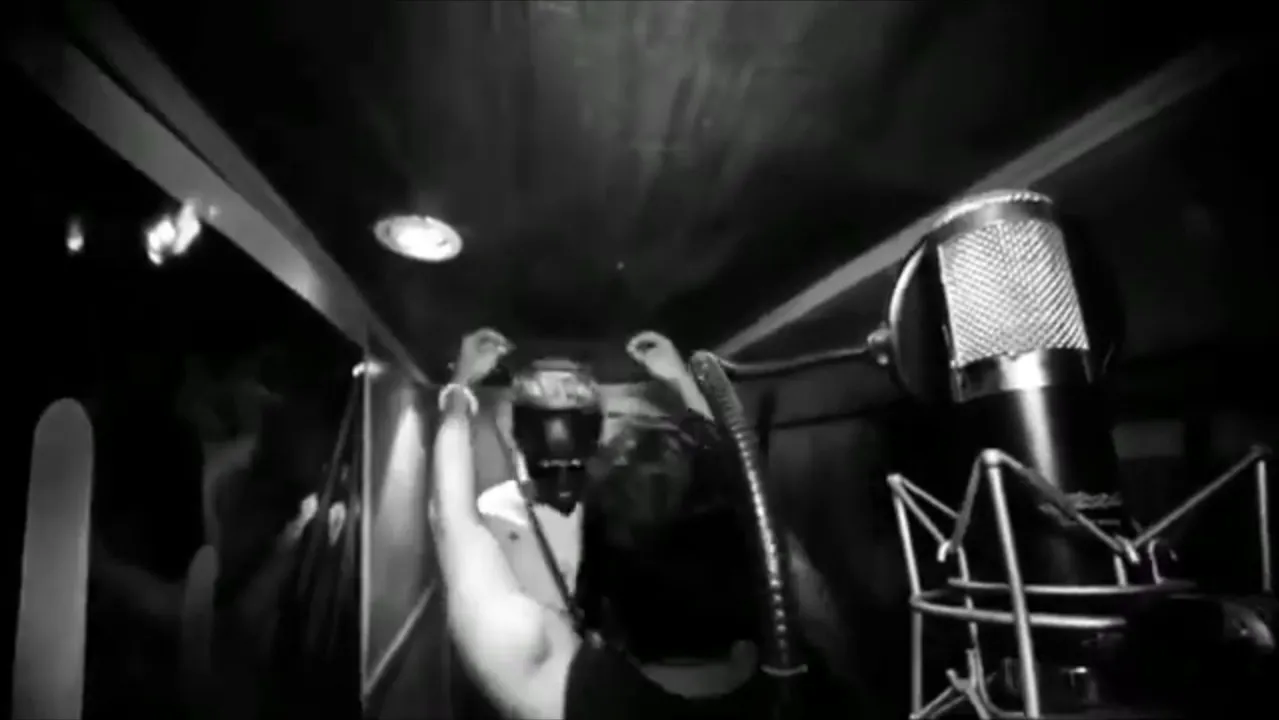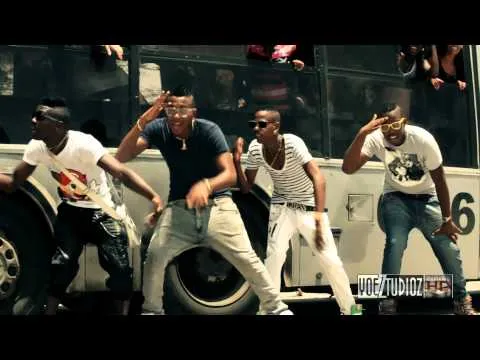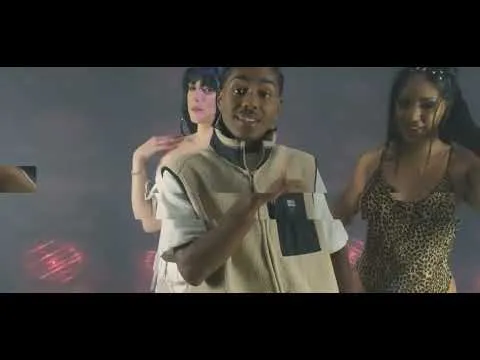There is a new sound emerging from the Antilles that is slowly gaining strength throughout Latin America. This could be the introduction of any current or past sound that has emerged from the depths of the Caribbean, due to the confluence of cultures in this region it is not surprising that its musical richness is so prominent. However, the Cuban Reparto phenomenon seems to bring something different to the table.

While this is not a controversy-free topic, Reparto has rightfully earned its place as the most popular genre in Cuba (an island with an extensive musical tradition) and is gaining ground in Latin American countries, especially in Peru. But what is Reparto? Well, you don't need to be the most avid music lover to identify the sounds that make it up: On one hand, Cuban rumba (now a UNESCO Intangible Cultural Heritage) which brings its famous clave and some rhythmic elements taken from its African roots, making this sound characteristic of western Cuba. And, on the other hand, raggamuffin, a sound inherited from Jamaican immigrants with a strong presence in the eastern part of the country, adding that mocking tone that characterized the genre in its origins and of course its melodic structure.

Although there is some controversy regarding its origins, most sources attribute its creation to Chocolate MC (El Choco) and Dj Unic. Primarily, the figure of El Choco has been fundamental for the development and evolution of the genre. From the slang, philosophy, structure, even the adlibs commonly used in the genre come from the creative genius of this particular figure. Now, as its name suggests, "Reparto" fundamentally draws from the stories and experiences of the marginalized neighborhoods of Cuba. And while Chocolate is not the first to add these elements of marginality to Cuban music (this could be seen as intertwined with rumba, timba, etc.), El Choco for Reparto would be like Miles Davis for Jazz or Kanye West for modern Hip-hop, at that level of brilliance and eccentricity.

While marginality is an intrinsic part of the genre, this has made the doors for it not open easily. But when one understands the reason for this, it is much easier to comprehend the phenomenon of Reparto for what it truly is. It is not about marginality just to boast about it, but about neighborhood stories told by their own protagonists. This is complemented by the language, most often dense with modern Creole and heavily influenced by terms extracted from Afro-Cuban religiosity, elements that when combined often provoke rejection from those who are disconnected from this reality and come from spheres more closely tied to a social elite (which, although to a lesser extent than other places in Latin America, also exists in Cuba). This genre stands as a standard or rather a constantly expanding logbook of the ways of life, thinking, feeling, and even the yearnings of a large part of the Cuban population (mainly young people) who identify with this sound and the explicit nature of its lyrics. Because just as explicit are their experiences.

Thus, the new sound of the largest of the Antilles establishes itself not just as a trendy genre in the country but as a cultural revolution that has been brewing on the island for over a decade and the world is just now discovering. (End of the first part)
YouTube topic suggestions:
Parapapampan (El campismo) (Foundational theme of the genre)
El P6 and El P9 (Ireoma iconic group)
Guachineo (first renefinicio of the genre)
Ona ona (Second genre change)
Take a Jager shot (New generation)
Cyclist (Present)
Versión en Español
Reparto (El nuevo sonido de las Antillas)
Hay una nueva sonoridad qué está surgiendo de las Antillas y de a poco va ganando fuerza por toda Latinoamérica. Esta podría ser la carta de presentación de cualquier sonoridad de la actualidad o el pasado surgida de las entrañas del Caribe, debido a la confluencia de culturas qué se da en esta región no es de extrañar que su riqueza musical sea tan prominente, pero el fenómeno de Reparto cubano parece traer algo diferente a la mesa.
Si bien este no es un tema exento de controversias el Reparto se ha ganado su lugar por derecho propio como el género más popular en Cuba (una isla con una extensísima tradición musical) y cada vez gana más terreno en países de Latinoamérica, especialmente en Perú. Pero que es el Reparto, bueno, no es necesario ser el melómano más empedernido para identificar las sonoridades que lo componen: Por un lado, la rumba cubana (hoy día patrimonio inmaterial de la humanidad) qué aporta su tan famosa clave algunos elementos rítmicos que toma de sus raíces africanas, siendo esta sonoridad característica de occidente cubano. Y, por otra parte, el raggamuffin una sonoridad heredada de los emigrantes jamaiquinos con mucha presencia en el oriente del país, qué le aporta ese tono burlón qué tanto caracterizó al género en sus orígenes y claro su estructura melódica.
Aunque hay cierta controversia con su génesis, la mayoría de las fuentes atribuyen su creación a Chocolate MC (El Choco) y Dj Unic. Principalmente, la figura de El Choco ha sido fundamental para el desarrollo y la evolución del género. Desde la jerga, filosofía, estructura, incluso los adlibs qué se suelen utilizar en el género vienen del genio creativo de esta particular figura. Ahora bien, como su nombre lo indica “El Reparto" se nutre fundamentalmente de las historias y vivencias de los repartos marginados de Cuba. Y si bien no es Chocolate el primero en añadir estos elementos propios de la marginalidad a la música cubana (esto podríamos decir que es enredado de la propia rumba, la timaba, etc) El Choco para el reparto sería como Mails Davis para el Jazz o Kanye West para el Hiphop moderno, a ese nivel de genialidad y excentricidad.
Ahora, si bien la marginalidad es parte intrínseca del género, esto ha hecho que las puertas para el mismo nunca se abrán fácilmente. Pero cuando se entiende el porqué de esto es mucho más fácil comprender el fenómeno del reparto como lo que es realmente, no se trata de una marginalidad solo por alardear acerca de ella, sino las historia de barrio contadas por sus propios protagonistas. A esto se le suma el lenguaje utilizado casi siempre tupido de criollismos modernos y con una fuerte influencia de términos extraídos de la religiosidad afrocubana, elementos que al sumarse suelen provocar el rechazo de quienes viven Desconectados de esta realidad y suelen venir de esferas más apegadas a una élite social (qué aunque en menor medida que otros sitios de Latinoamérica) en Cuba también existe. Este género se alza como un estandarte o más bien una bitácora en constante expansión de las formas de vida, el pensamiento, sentir, incluso las añoranzas de una gran parte de la población cubana( principalmente joven) qué se identifica con esta sonoridad y lo explícito de sus letras. Porque igual de explícitas son sus vivencias.
Así, la nueva sonoridad de la mayor de las Antillas se establece más que un género de moda en el país, como una revolución cultural qué lleva ya más de una década cocinándose en la isla y el mundo recién esta descubriendo. (Fin de la primera parte)
Sugerencia de temas en YouTube:
Parapapampan (El campismo) (Tema fundacional del género)
El P6 y el P9 (Ireoma grupo iconico)
Guachineo (primera renefinicio del género)
Ona ona (Segundo cambio del género)
Tomate un Jager (Nueva generación)
Cliclista (Actualidad)
Translated and formatted with Hive Translator by @noakmilo.





